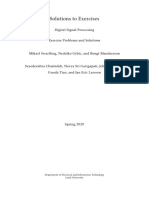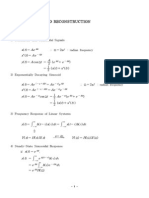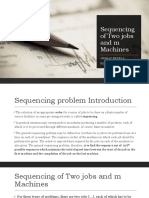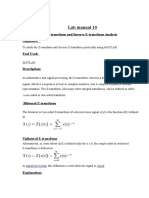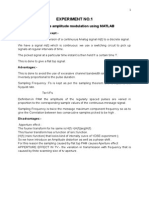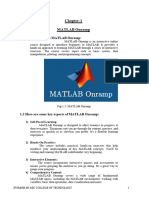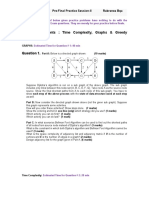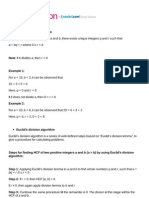0% found this document useful (0 votes)
31 views2 pagesDigital Control Systems Solutions
The document provides detailed solutions to exercises from a Digital Control Systems exam, focusing on Fourier and Z-Transforms. It includes the derivation of the Fourier Transform for a given time-domain signal, simplification using trigonometric identities, and conditions for sampling frequency to avoid aliasing. Additionally, it presents the Z-Transform for a discrete-time signal and its simplification as a geometric series.
Uploaded by
Dan SnowCopyright
© © All Rights Reserved
We take content rights seriously. If you suspect this is your content, claim it here.
Available Formats
Download as DOCX, PDF, TXT or read online on Scribd
0% found this document useful (0 votes)
31 views2 pagesDigital Control Systems Solutions
The document provides detailed solutions to exercises from a Digital Control Systems exam, focusing on Fourier and Z-Transforms. It includes the derivation of the Fourier Transform for a given time-domain signal, simplification using trigonometric identities, and conditions for sampling frequency to avoid aliasing. Additionally, it presents the Z-Transform for a discrete-time signal and its simplification as a geometric series.
Uploaded by
Dan SnowCopyright
© © All Rights Reserved
We take content rights seriously. If you suspect this is your content, claim it here.
Available Formats
Download as DOCX, PDF, TXT or read online on Scribd
/ 2







